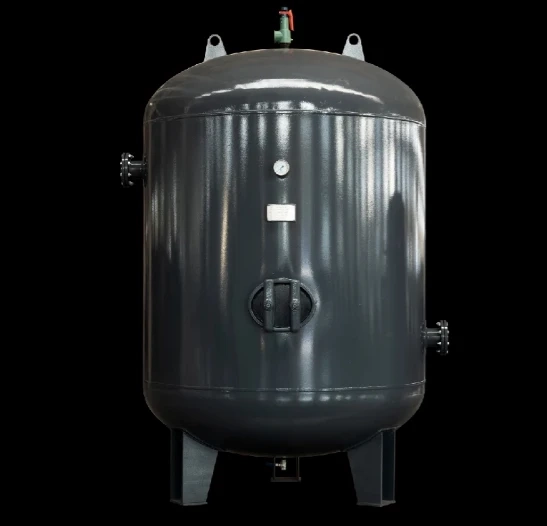Here's an overview of some of the key standards and regulations governing the use of pressure vessels:
ASME Boiler and Pressure Vessel Code (BPVC):
The ASME BPVC is the primary regulatory framework for the design, fabrication, inspection, and testing of pressure vessels in the United States.It covers a wide range of pressure vessels, from boilers and nuclear components to transport tanks and process equipment.The code is developed and maintained by the American Society of Mechanical Engineers (ASME) and is widely adopted globally.European Pressure Equipment Directive (PED):
The PED is the main regulatory framework for pressure vessels in the European Union.It sets essential safety requirements for the design, manufacture, and conformity assessment of pressure equipment, including vessels, piping, and safety accessories.Pressure equipment must comply with the PED in order to be marketed and used in the EU.API Standards:
The American Petroleum Institute (API) has developed numerous standards specific to the oil and gas industry, including standards for pressure vessels.Examples include API 510 (Pressure Vessel Inspection Code), API 620 (Design and Construction of Large, Welded, Low-Pressure Storage Tanks), and API 650 (Welded Tanks for Oil Storage).These standards address the unique requirements and hazards associated with pressure vessels used in the oil and gas sector.ISO Standards:
The International Organization for Standardization (ISO) has published a range of standards related to pressure vessels, such as ISO 16528 (Boilers and pressure vessels) and ISO 28921 (Industrial valves).These standards provide guidance on design, manufacturing, and testing of pressure vessels across various industries.National and Local Regulations:
Many countries and jurisdictions have their own national or local regulations governing the use of pressure vessels, which may supplement or modify the international standards.For example, in the United States, the Occupational Safety and Health Administration (OSHA) has specific regulations under the Process Safety Management (PSM) standard and the Uniform Boiler and Pressure Vessel Law.It's important to note that the specific standards and regulations applicable to a pressure vessel will depend on the industry, location, and intended use of the equipment. Manufacturers, operators, and users of pressure vessels must ensure compliance with the relevant standards and regulations to maintain safety and mitigate risks.



